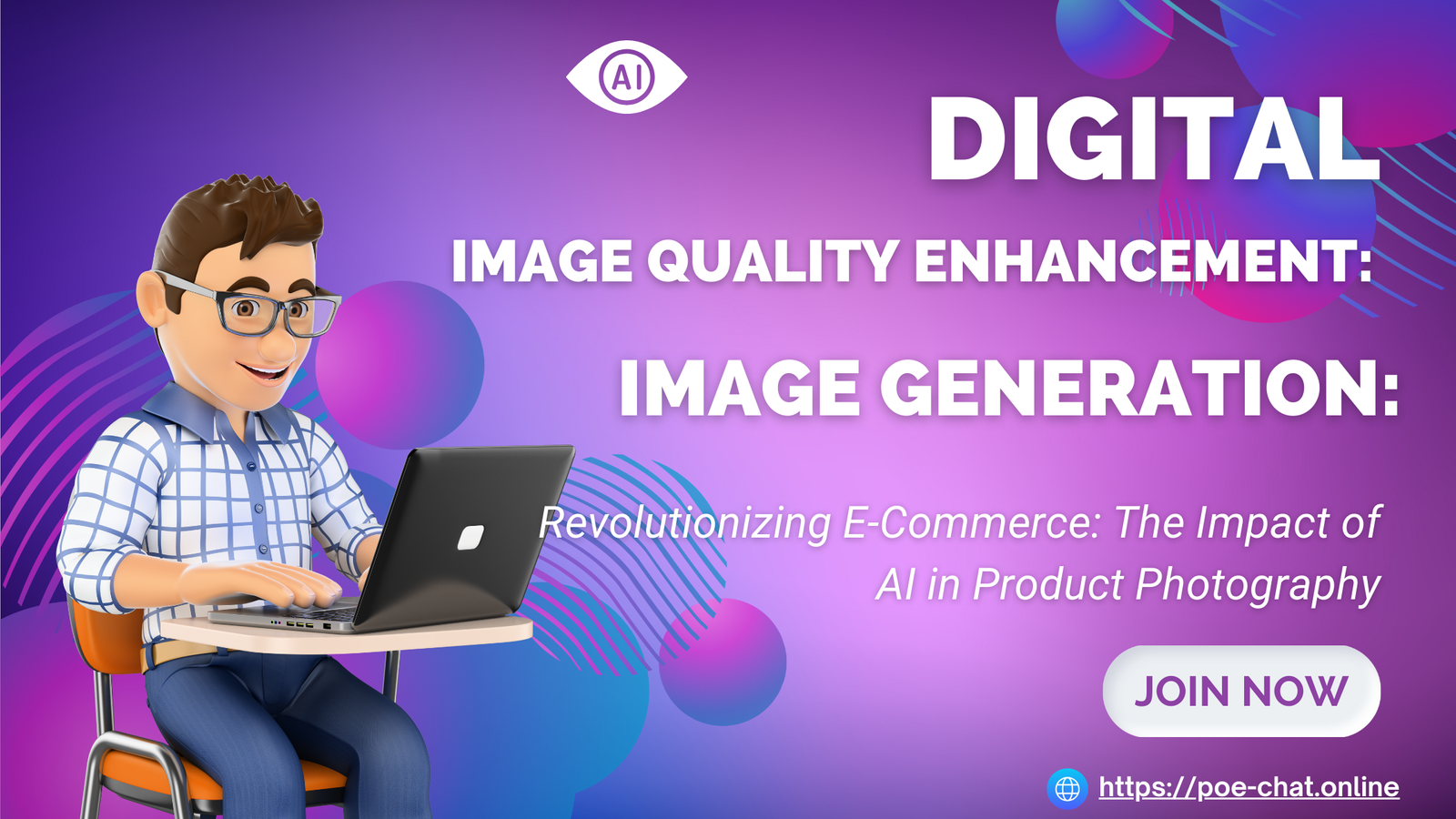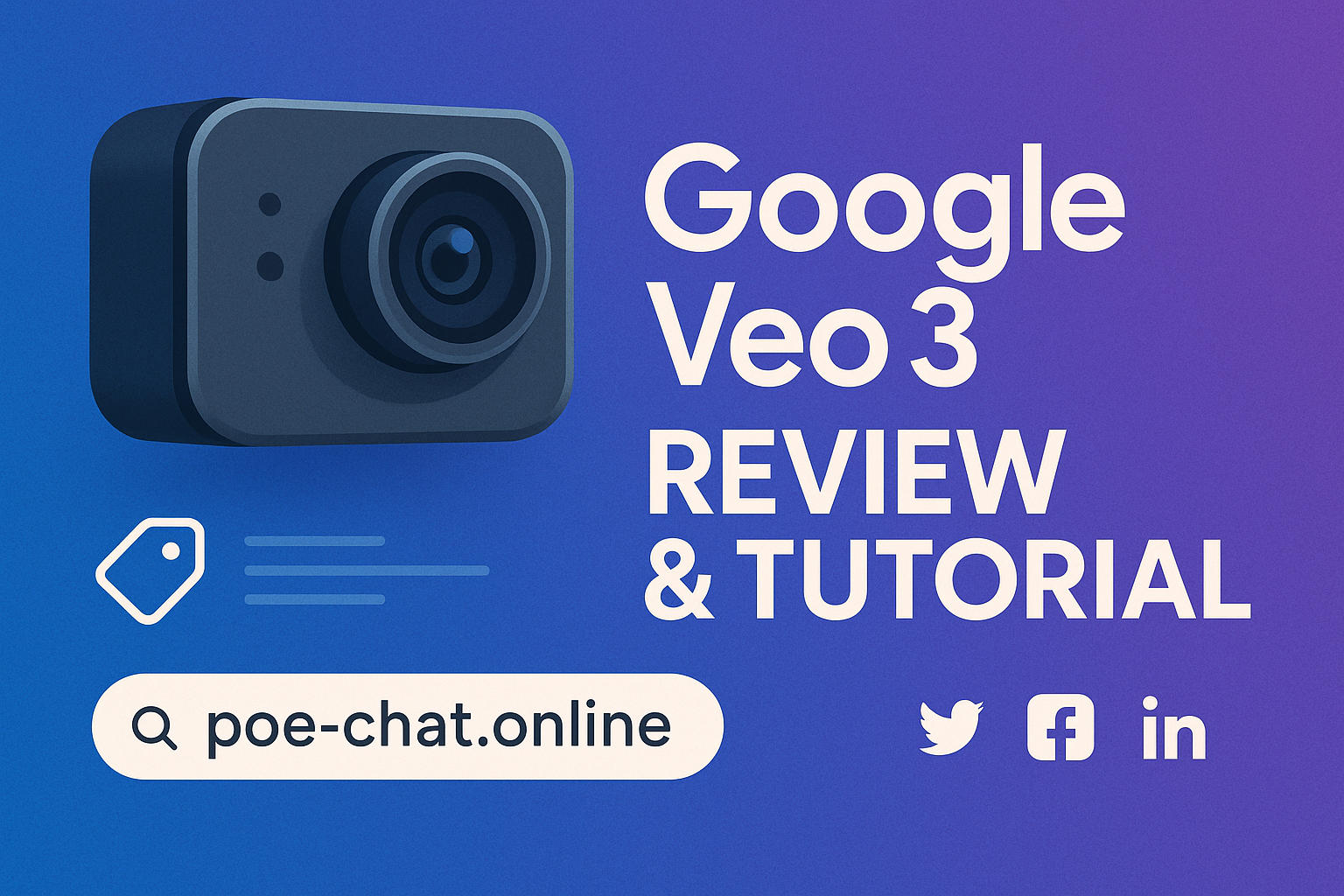
Introduction
In the dynamic realm of e-commerce, the significance of high-quality product images cannot be overstated; they play a pivotal role in shaping customers' purchasing decisions. As online shopping continues to flourish, consumers are increasingly drawn to visually appealing product presentations that convey quality and trustworthiness. In this context, product photography utilizing Artificial Intelligence (AI) has emerged as a transformative force, empowering businesses to elevate the quality and allure of their product imagery. Platforms like Poechat are further enhancing this evolution by integrating sophisticated AI capabilities that streamline the photography process while maximizing visual impact.
What is Product Photography Using Artificial Intelligence?
Product photography using Artificial Intelligence refers to the strategic application of AI technologies to enhance, modify, and generate professional-grade images of products. This innovative approach involves leveraging AI-driven software tools that refine image quality, seamlessly edit backgrounds, and customize visuals to align with brand identity. By employing advanced algorithms and machine learning techniques, businesses can create stunning images that captivate potential customers and drive engagement.
Key Features
- Image Quality Enhancement:
- Advanced AI algorithms enhance clarity and detail, resulting in images that are not only sharper but also more visually compelling. These enhancements often involve noise reduction, color correction, and dynamic range adjustments, ensuring that each product is presented in its best light.
- Image Generation:
- AI possesses the capability to create entirely new product images from the ground up. This feature is particularly beneficial for brands looking to experiment with unique and innovative designs that stand out in a crowded marketplace. By generating high-quality visuals, businesses can maintain a fresh and engaging presentation of their products.
- Background Editing:
- AI tools facilitate the effortless removal of unwanted backgrounds or their replacement with tailored backdrops that resonate with the brand's visual narrative. This capability allows companies to maintain a consistent aesthetic across their product lines, ensuring that images align with the overall branding strategy.
- Data Analysis:
- AI can meticulously analyze image performance, providing actionable insights into which designs captivate customers. By tracking engagement metrics and conversion rates, businesses can refine their marketing strategies based on data-driven decisions, ensuring that their visual content resonates with their target audience.
Benefits
- Time Efficiency:
- Streamlining the photography and editing workflow significantly reduces the time invested in image production. Businesses can quickly adapt to market trends and seasonal demands, allowing for faster product launches and promotional campaigns.
- Cost-Effectiveness:
- Diminishing reliance on professional photography studios or external photographers enables startups and small enterprises to optimize their budgets. By utilizing AI tools, companies can achieve high-quality results without incurring substantial costs, making advanced photography accessible to a broader range of businesses.
- High Quality:
- The generation of professional-standard images not only enhances product appeal but also plays a crucial role in driving sales. High-quality visuals instill confidence in consumers, contributing to higher conversion rates and improved customer satisfaction.
Practical Applications
A multitude of companies, spanning both large enterprises and nimble startups, are harnessing AI-powered product photography techniques to refine their marketing initiatives. For instance, e-commerce platforms can deploy these techniques to present visually striking images of their offerings, thereby enhancing conversion rates and customer engagement. Industries such as fashion, electronics, and home goods are particularly benefiting from AI-driven photography, as they require consistent, high-quality images to attract discerning consumers.
Additionally, businesses can leverage AI to create dynamic content for social media and advertising campaigns. By generating eye-catching visuals that resonate with their audience, brands can increase their online presence and foster a loyal customer base.
Conclusion
In conclusion, product photography using Artificial Intelligence signifies a paradigm shift in how products are showcased in the marketplace. By elevating image quality and optimizing both time and costs, businesses can significantly bolster their market presence and drive sales. As AI technologies continue to evolve, tools like Poechat are poised to become integral components of modern marketing strategies, essential for businesses aiming to excel in the competitive digital landscape. Embracing these advancements not only enhances product visibility but also positions brands at the forefront of innovation, enabling them to thrive in an ever-changing market environment. As we move forward, the integration of AI in product photography will undoubtedly reshape the visual landscape of e-commerce, setting new standards for quality and creativity.
